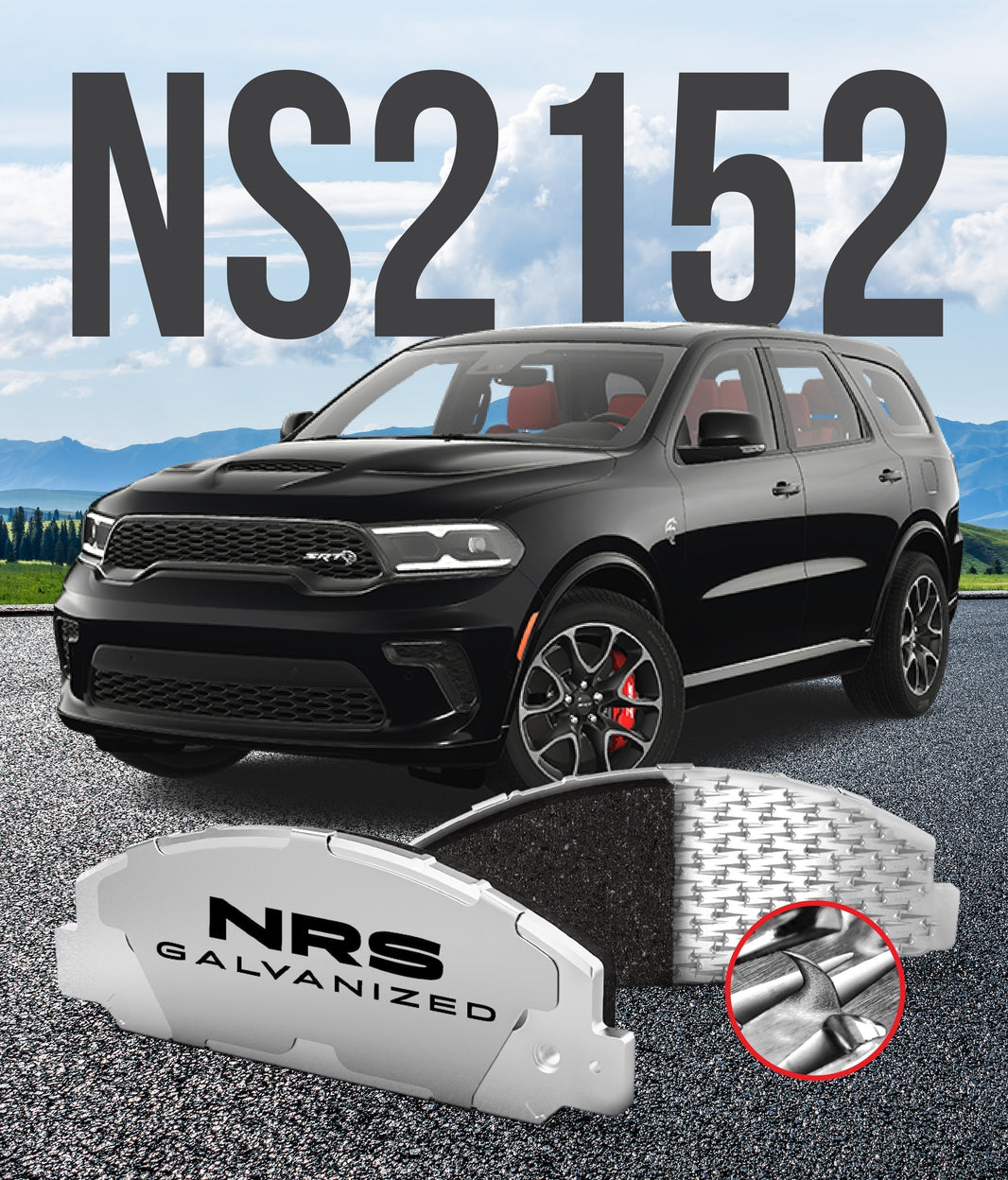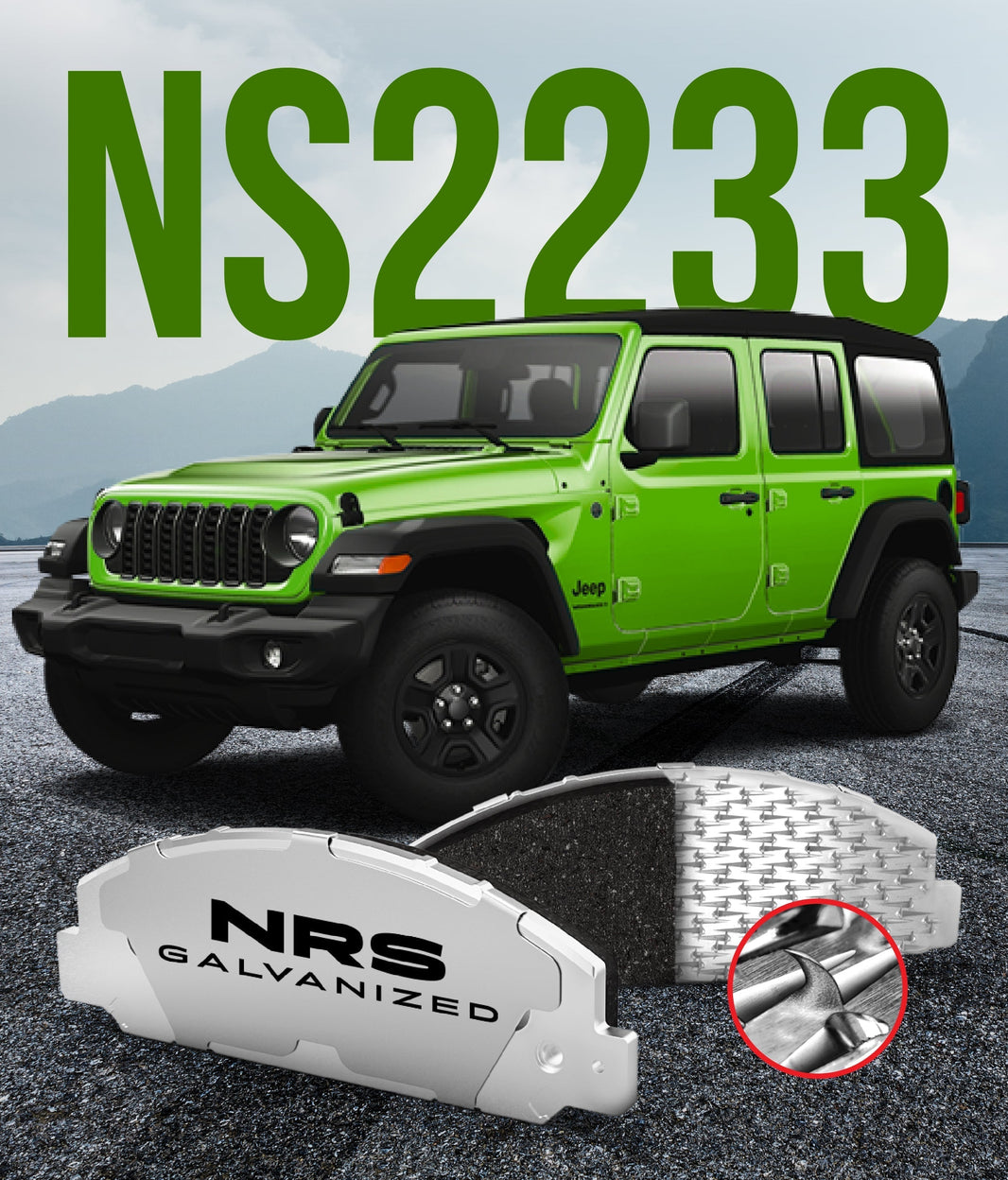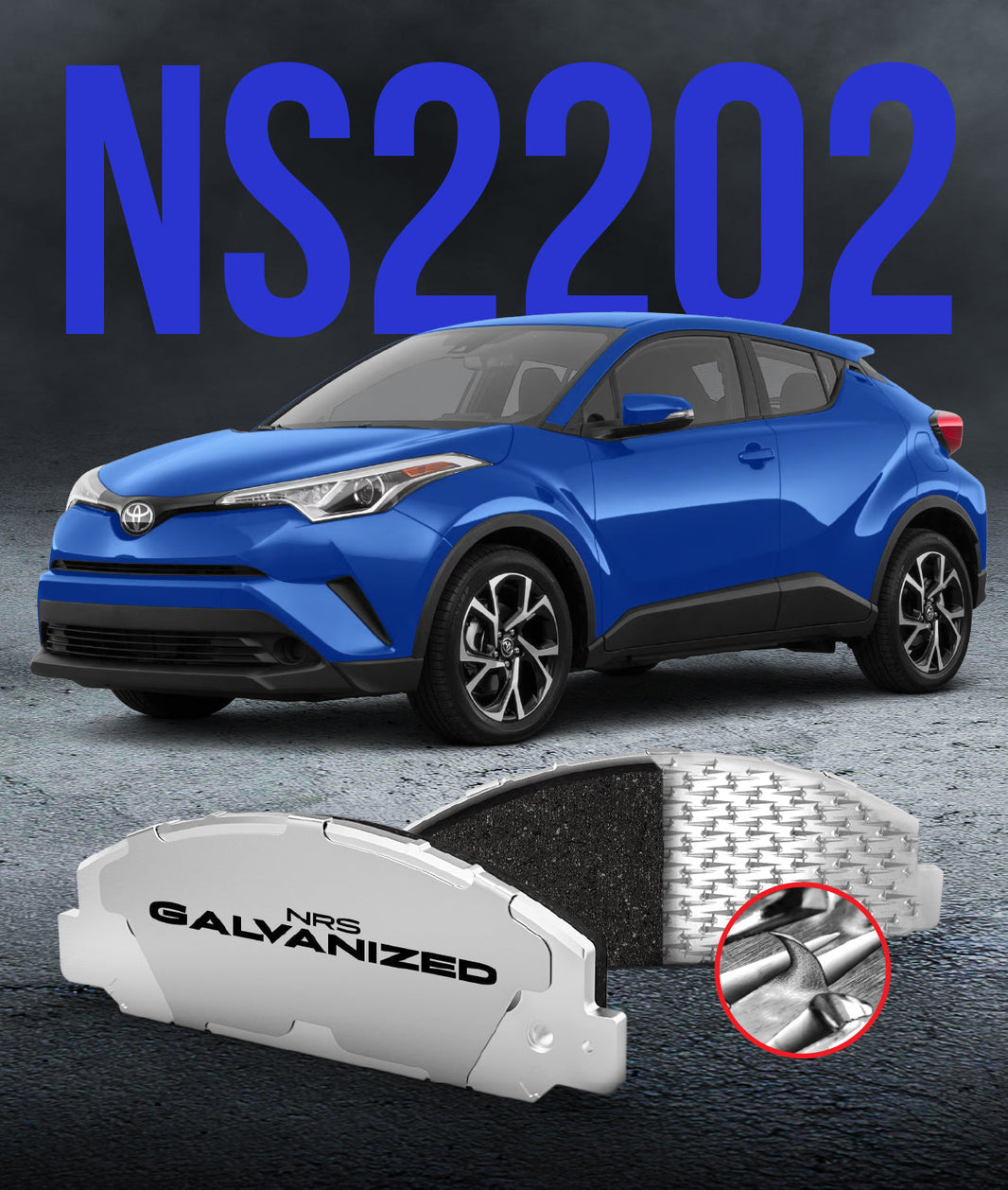
Imagine you are driving down a long, steep mountain road. You have been lightly pressing your brake pedal to control your speed for several minutes. As you approach a sharp hairpin turn, you press the pedal more firmly, but nothing happens. The pedal might feel solid as a rock, or it might sink to the floor like a wet sponge, but the terrifying result is the same: your car is not slowing down.
This experience is known as brake fade, and it is one of the most frightening failures a driver can experience. It is a temporary, but often total, loss of stopping power caused by one single factor: excessive heat. Your brakes are designed to convert your car's motion into heat, but they have a limit. When you exceed that limit, the system stops working, and you lose control.
What Exactly is Brake Fade?
Brake fade occurs when the heat generated by friction becomes greater than the brake system's ability to shed it. The main parts of a braking system, specifically the pads and rotors, simply get too hot to function. At these extreme temperatures, the physical properties of your brake pads and brake fluid begin to change in very dangerous ways.
Think of it this way: your brakes are designed to operate within a specific temperature window, just like your engine. When your engine overheats, it can warp components and stop working. When your brakes overheat, they lose their ability to create the friction needed to stop your vehicle, leading to a dangerous loss of stopping power.
The Two Types of Brake Fade
It is important to understand that brake fade is not a single problem. It is a symptom that can be caused by two very different failures within the system. One is a mechanical failure at the wheel, and the other is a hydraulic failure in the brake lines.
1. Mechanical Fade (Pad Fade)
This type of fade happens directly at the point of contact between the brake pad and the rotor. Brake pad friction material is made from various compounds held together by a phenolic resin. Under normal braking, these materials work perfectly to grip the iron rotor.
When you overheat the brakes, these resins can reach their boiling point, which can be over 1000°F (538°C). This process is called "outgassing," as the burning resin releases a superheated layer of gas. This gas creates a microscopic cushion between the pad and the rotor, which is like trying to brake while hydroplaning on a layer of gas.
The primary symptom of mechanical fade is a very hard or firm brake pedal. You are pushing with all your might, but the car is not slowing down because the pads are physically unable to grip the rotor. It can feel as if your brake pads have been instantly coated in grease.
2. Hydraulic Fade (Fluid Fade)
This type of fade is arguably more frightening because of how the pedal feels. It is not a failure of the pads, but a failure of the brake fluid that transmits the force from your foot. This problem is directly related to your brake fluid's age and condition.
Brake fluid is hygroscopic, which is a technical term meaning it actively absorbs moisture from the air. Over two or three years, even in a sealed system, your brake fluid can accumulate a significant amount of water. This is a problem because while brake fluid has a very high boiling point, water boils at 212°F (100°C).
When your brakes get hot, that heat is transferred from the rotor and caliper directly into the brake fluid. If the fluid contains water, that water will turn into steam. Because steam is a gas, it is highly compressible; your brake fluid is not. Your brake pedal will suddenly feel soft and spongy and will sink to the floor, as all your foot pressure is wasted compressing steam bubbles instead of squeezing the brake pads.
What Causes Brakes to Overheat?
Brake fade does not typically occur during your normal daily commute. It is the result of specific, high-stress situations that overwhelm your braking system. Knowing what these situations are is the key to avoiding them.
The most common causes of overheated brakes include:
-
Descending Steep Grades: This is the classic scenario for both pad and fluid fade. If you "ride" your brakes all the way down a long mountain pass, the constant friction never gives the components a chance to cool down, allowing heat to build to critical levels.
-
Towing or Hauling Heavy Loads: Your vehicle's brake system is designed for its own weight. When you add a heavy trailer, boat, or a full bed of cargo, the brakes must work much harder to dissipate a great deal more energy, which generates far more heat.
-
Aggressive or Performance Driving: Repeated, hard stops from high speeds, like those on a racetrack or during very spirited driving, build up heat incredibly fast. If the brakes are not designed for this use, they will fade quickly.
-
A Sticking or Dragging Brake: A mechanical fault, such as a seized caliper pin, can cause a brake pad to be in constant contact with the rotor. This continuous, light friction generates an enormous amount of heat, even during normal driving, and can lead to a sudden loss of braking.
How to Prevent Brake Fade
The best way to deal with brake fade is to make sure it never happens to you. Prevention is a combination of smart driving habits and regular vehicle maintenance. By taking a few simple steps, you can ensure your brakes are always ready to perform.
1. Use Your Gears (Engine Braking)
This is the most important driving technique for preventing fade. When driving down a long, steep hill, shift your transmission to a lower gear (L, 2, or 3 in an automatic or a lower gear in a manual). This forces the engine to turn faster, using its own internal resistance to hold the vehicle at a steady speed.
This technique, known as engine braking, takes the entire burden off your brakes. Your brakes can then be saved for short, firm applications when you need to slow down more. Let your engine control the speed, not your brakes.
2. Maintain Your Brake Fluid
This is your single best defense against hydraulic fade. Brake fluid is a maintenance item, just like engine oil. You should have your brake fluid flushed and replaced every two to three years, or as recommended by your vehicle's manufacturer, regardless of how many miles you have driven.
Fresh, clean brake fluid has a high boiling point and contains no water. This makes hydraulic fade almost impossible. A simple fluid flush is a cheap and effective way to guarantee your pedal will be firm when you need it.
3. Upgrade Your Brake Components
If you frequently tow, live in a mountainous area, or enjoy performance driving, your stock brakes may not be sufficient. You can improve your system's heat tolerance by upgrading your brake parts.
Look for high-performance brake pads that use a ceramic or semi-metallic compound designed for higher temperatures. You can also install slotted or cross-drilled rotors, which can help vent the hot gasses that cause pad fade. Using quality components, like galvanized brake pads, also ensures they resist corrosion and perform correctly for their entire service life.
4. Perform Regular Inspections
A routine car brake inspection is critical. A mechanic can spot a sticking caliper pin or a dragging brake pad before it has a chance to cause a dangerous overheating event. This is especially true for working vehicles, where a regular fleet brake inspection is a critical safety check.
What to Do If You Experience Brake Fade
If you find yourself in this high-stakes situation, you must act calmly and decisively.
-
Do Not Panic. Keep your eyes on the road.
-
Pump the Brake Pedal. If you have fluid fade, this may build up just enough pressure to provide some braking.
-
Downshift Immediately. Shift to the lowest possible gear to use your engine to slow the car.
-
Carefully Apply the Parking Brake. Your parking brake is a mechanical system separate from your main brakes. Apply it slowly and steadily; yanking it will lock the rear wheels and send you into a spin.
-
Find a Safe Place to Stop. Pull off the road as soon as you can and bring the vehicle to a stop. Turn on your hazard lights.
-
Let the Brakes Cool. Do not drive again until the brakes have had at least 30-45 minutes to cool down.
After a fade event, your brakes are not safe. The extreme heat can permanently damage the pads, rotors, and fluid. You must have the system inspected by a professional before trusting it again.
Conclusion
Brake fade is a clear sign that your brake system was pushed beyond its thermal limit. Whether it is mechanical pad fade or hydraulic fluid fade, the result is a terrifying loss of control. Understanding that this is an issue of heat management is the key to preventing it.
By using your gears on steep hills, regularly changing your brake fluid, and investing in quality brake components, you can ensure your brakes are always ready to stop you safely. Your safety, and the safety of those around you, depends on it. Have you ever felt your brakes becoming "soft" on a long drive, and did you know what was happening?




